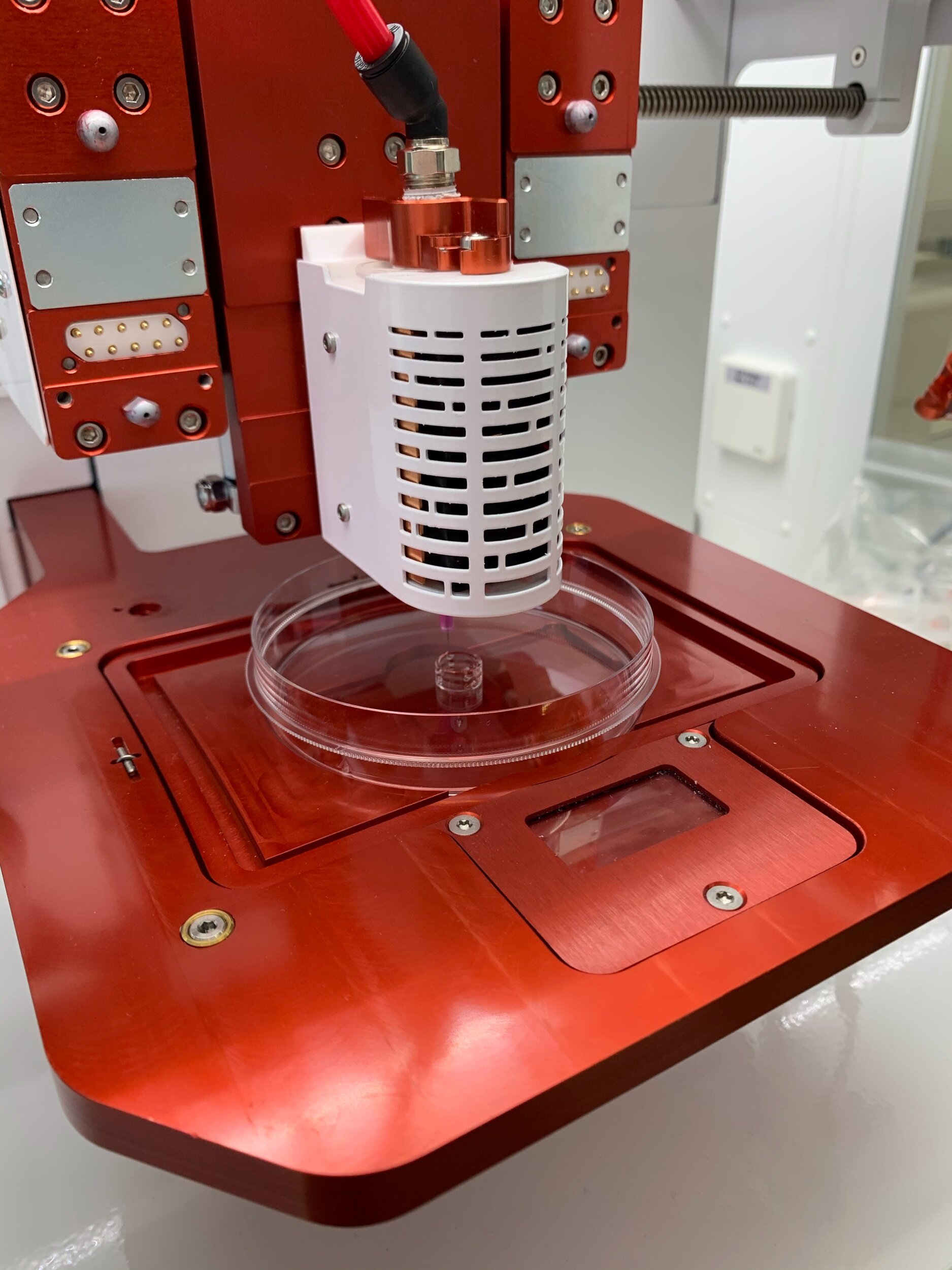
Research

Supramolecular
Our group designs, synthesizes and aims to understand the self-assembly of new supramolecular synthons to prepare robust and responsive supramolecular polymer materials. We are further interested in building knowledge on how monomer chemical structure and co-assembly impacts supramolecular architecture and function of the resultant assemblies. Through an improved understanding of the features that guide the formation of these hierarchical materials, we aim to gain control over their structure and function to use them in the biomedical field.
Angew. Chem. Int. Ed. Engl. 2015, 54, 10502
J. Am. Chem. Soc. 2020, 142, 19907

Responsive
The natural extracellular matrix provides biophysical and biochemical cues to cells in space and time to orchestrate complex biological processes such as those found in development and disease. We seek to establish synthetic polymer materials that are dynamic and evolving in their presentation of cues in a user- and/or cell-defined manner. We exploit the use of non-covalent and reversible covalent interactions within these materials, and further introduce chemistries that are responsive to stimuli, such as light, to prepare and pattern them to guide cell behavior.
ACS Macro Lett. 2020, 9, 882
ChemBioChem 2017, 18, 1995

Biomaterials
Our ultimate aim is to apply dynamic polymer materials to address unmet needs in healthcare, in areas such as tissue engineering, regenerative medicine, drug delivery and drug screening. We use the knowledge of the biological target in a given application to rationally design and synthesize synthetic polymer materials that can elicit specific function. We evaluate the effectiveness of our designs in biological contexts in vitro and/or in vivo, and we collaborate with partners in medical centers and industry.
Biomacromolecules 2020, 21, 1060
Adv. Healthcare Mater. 2021, 10, 2001903





